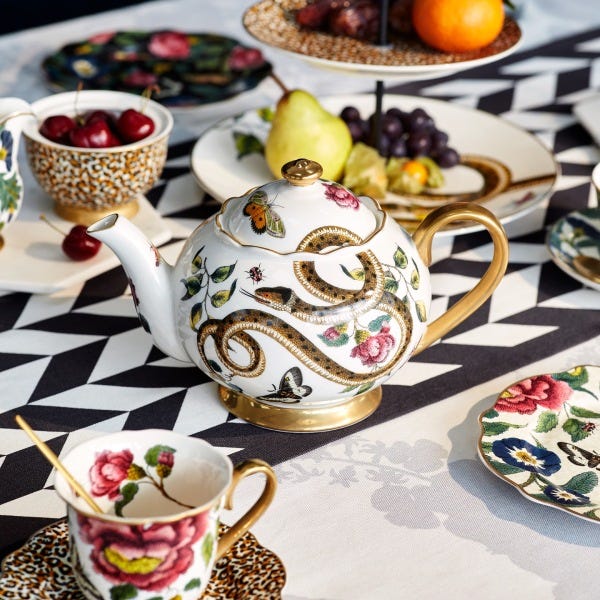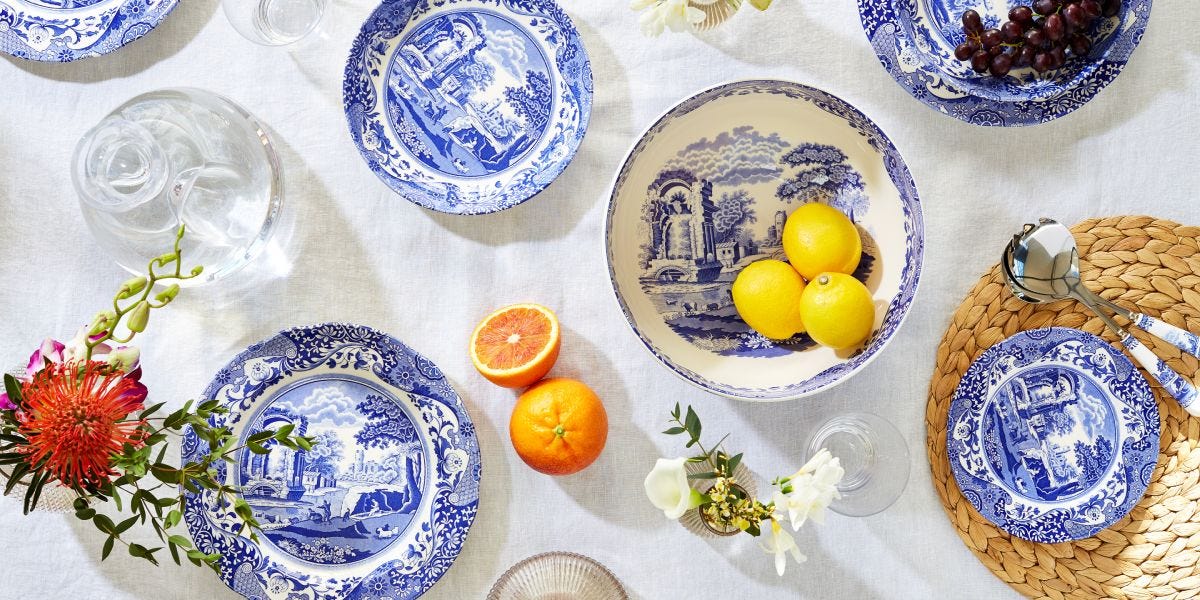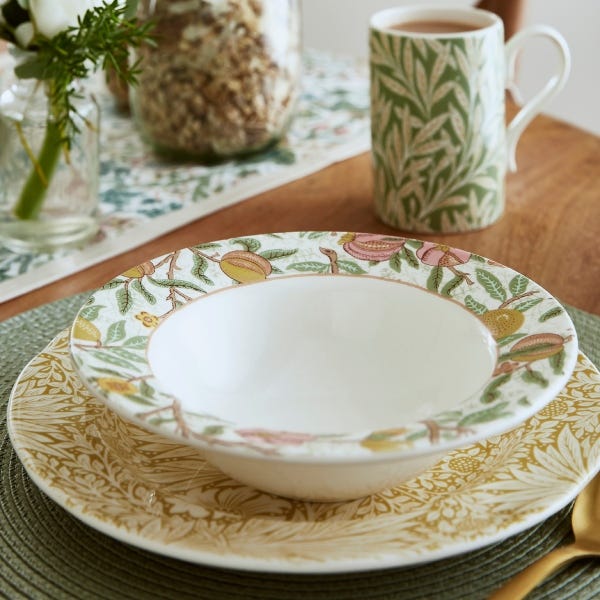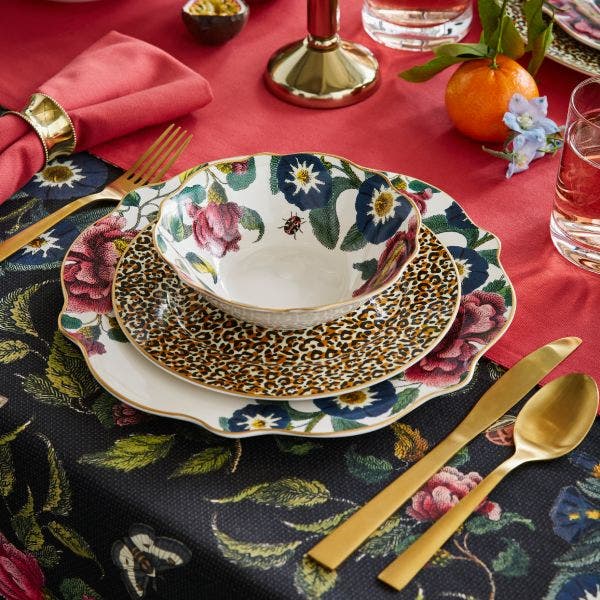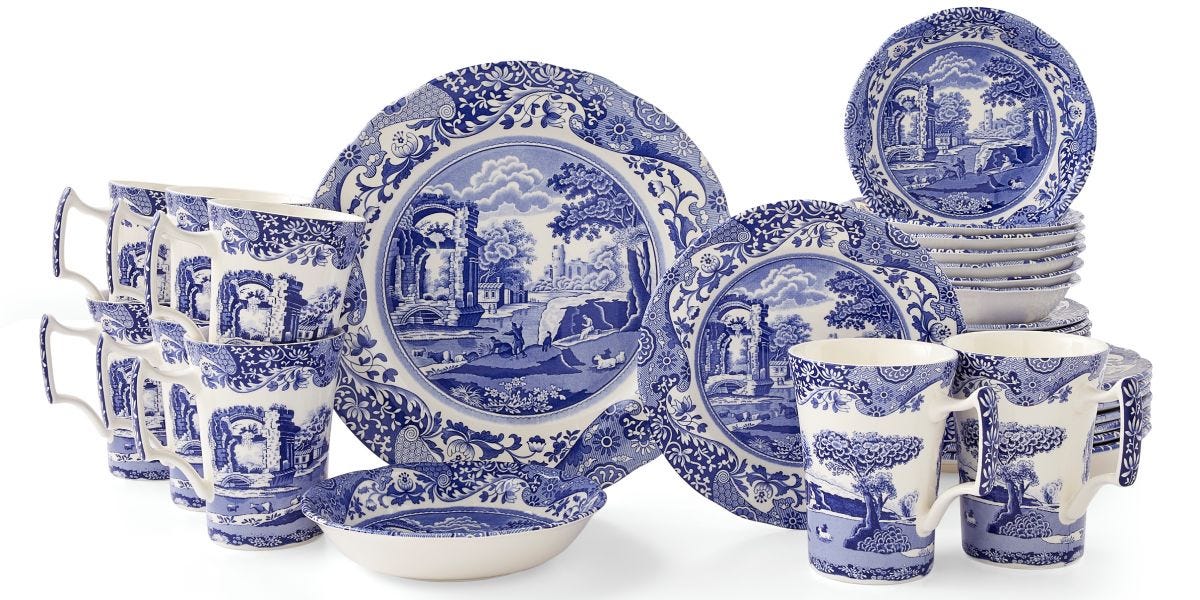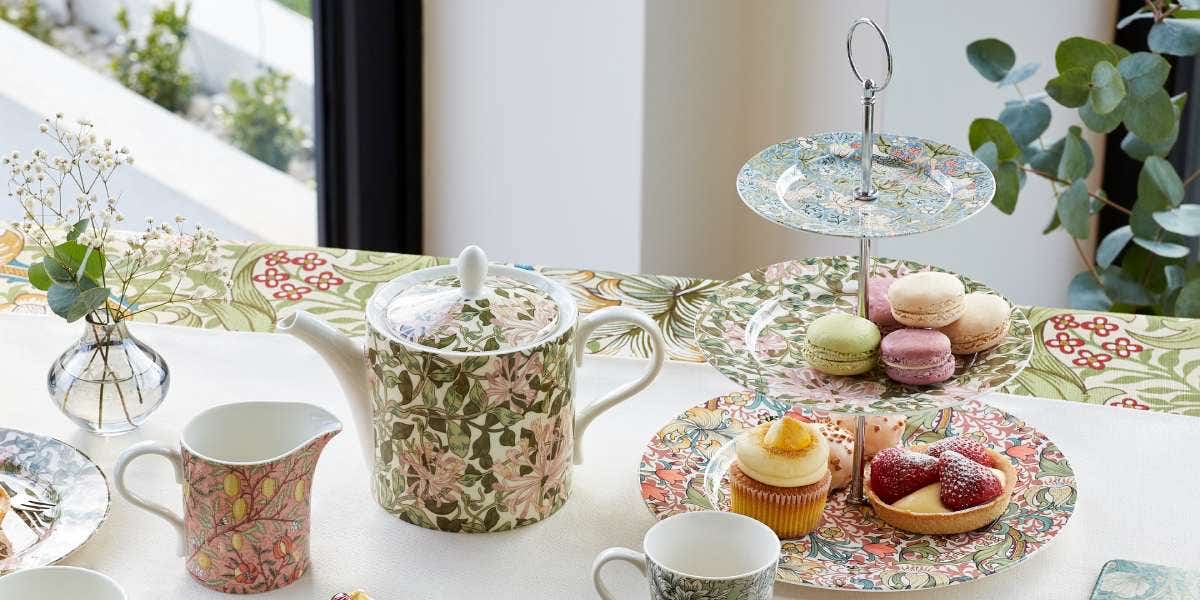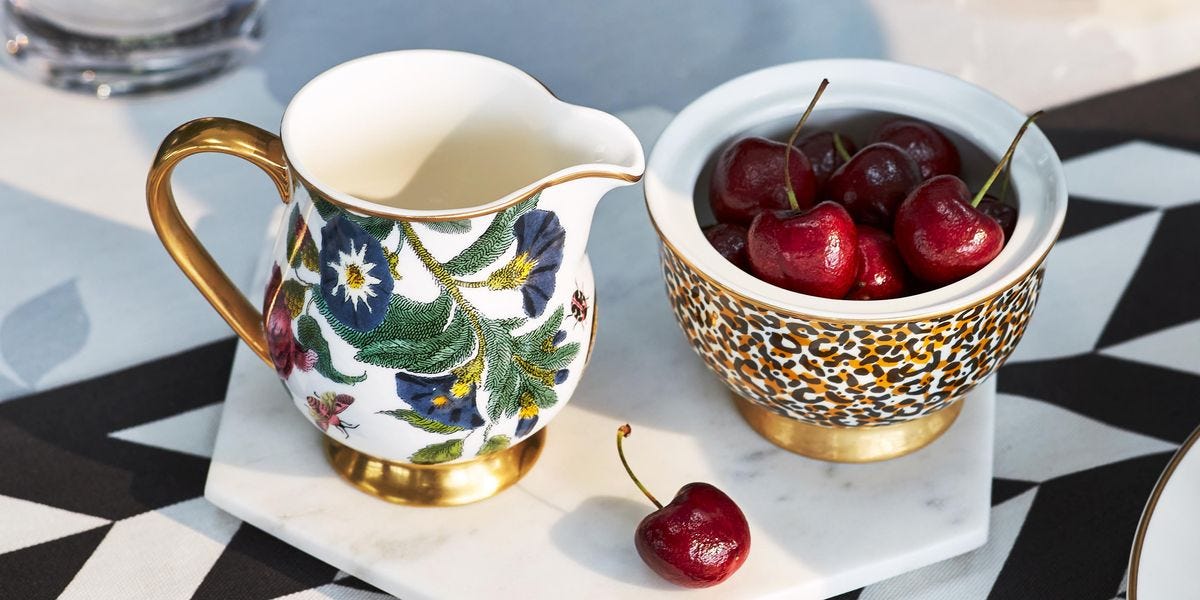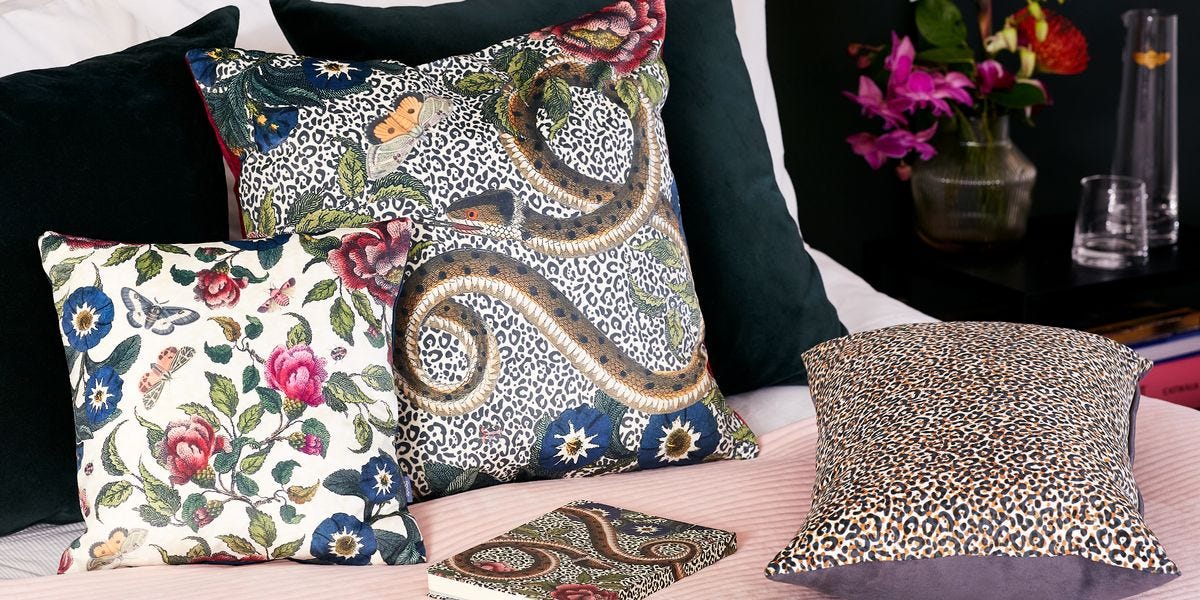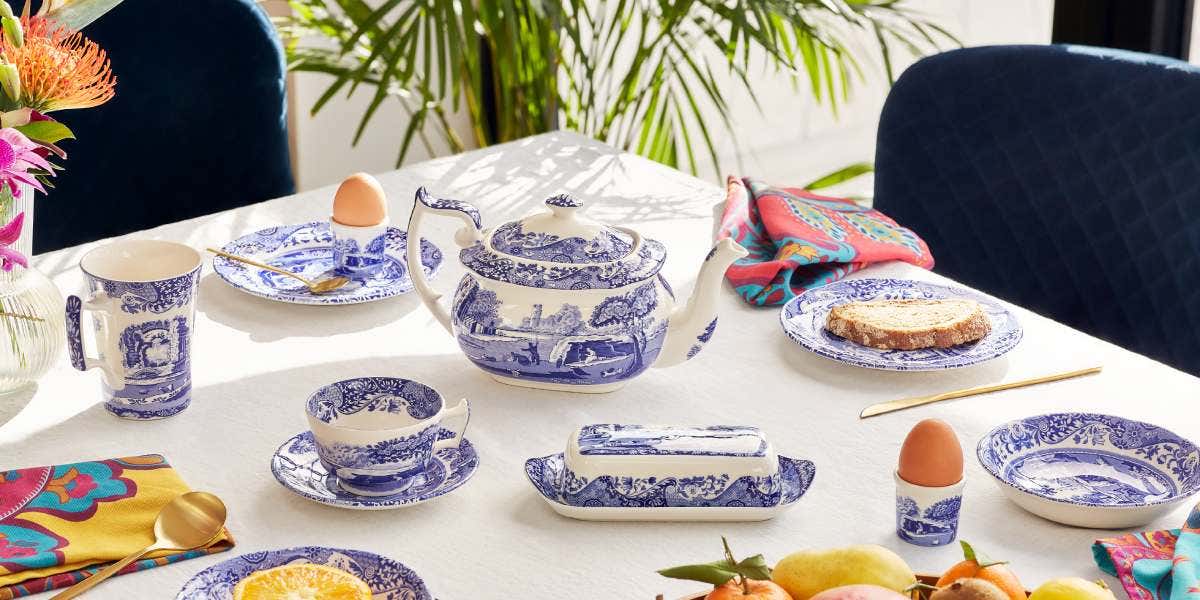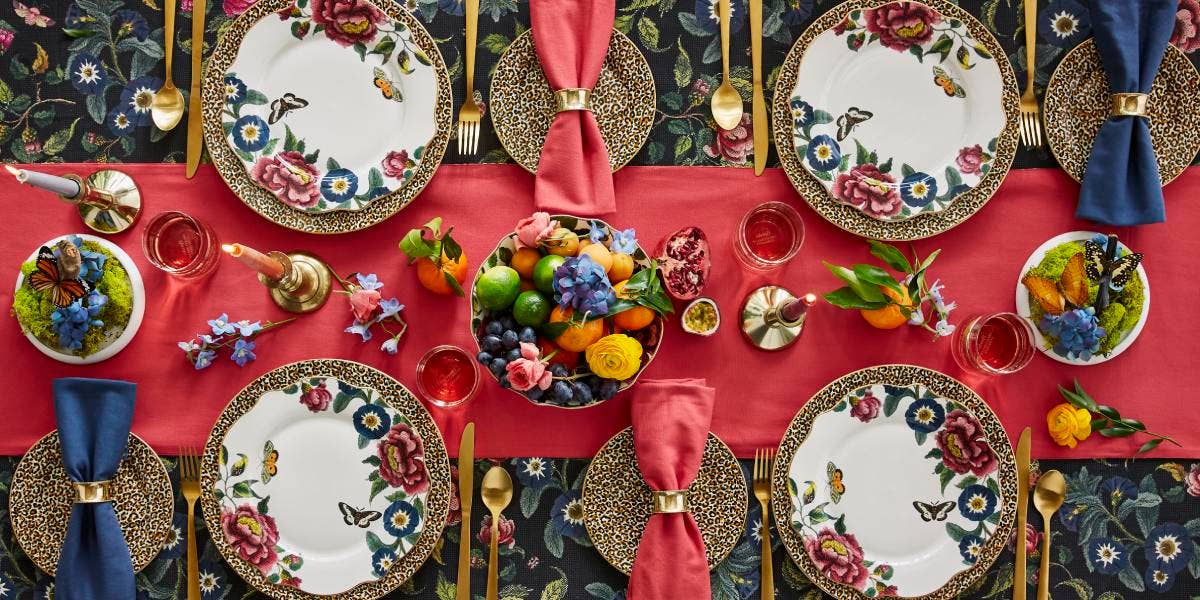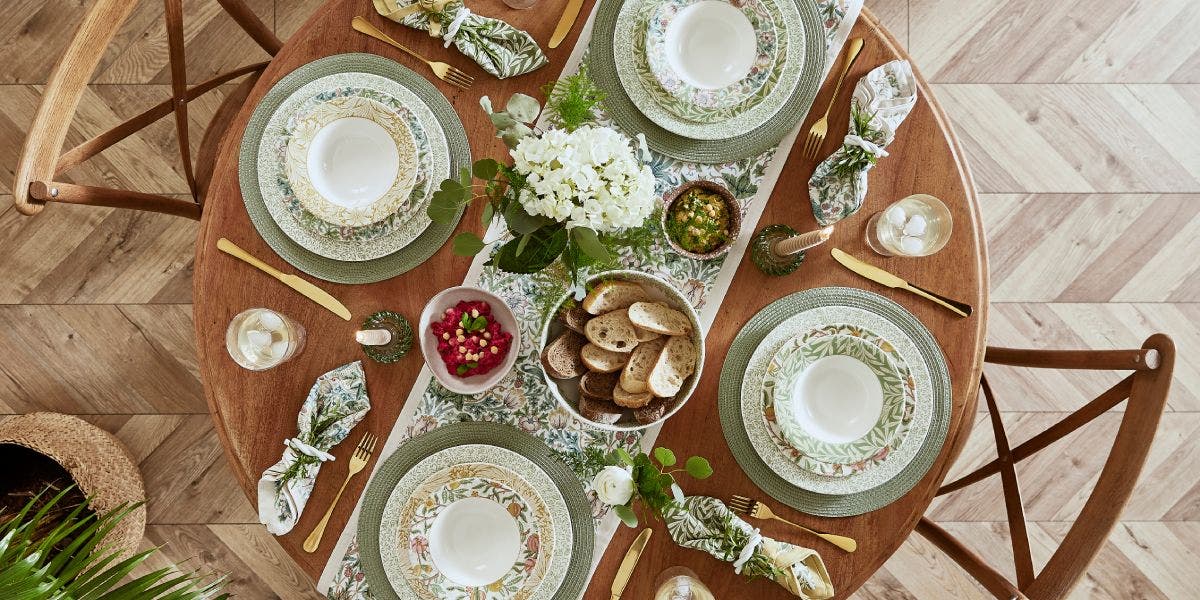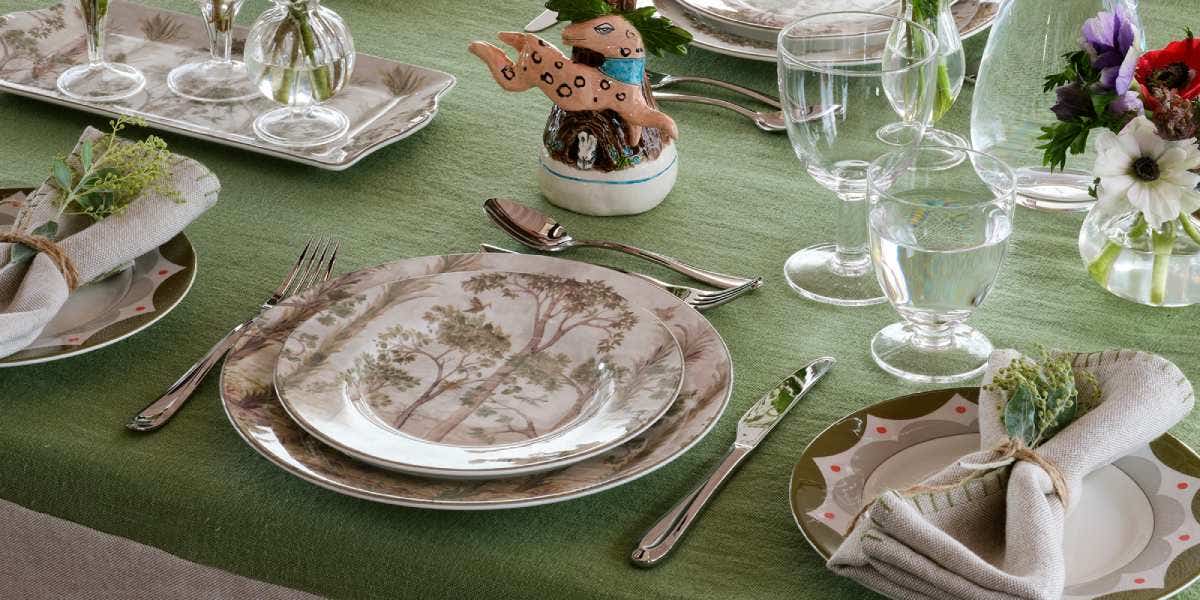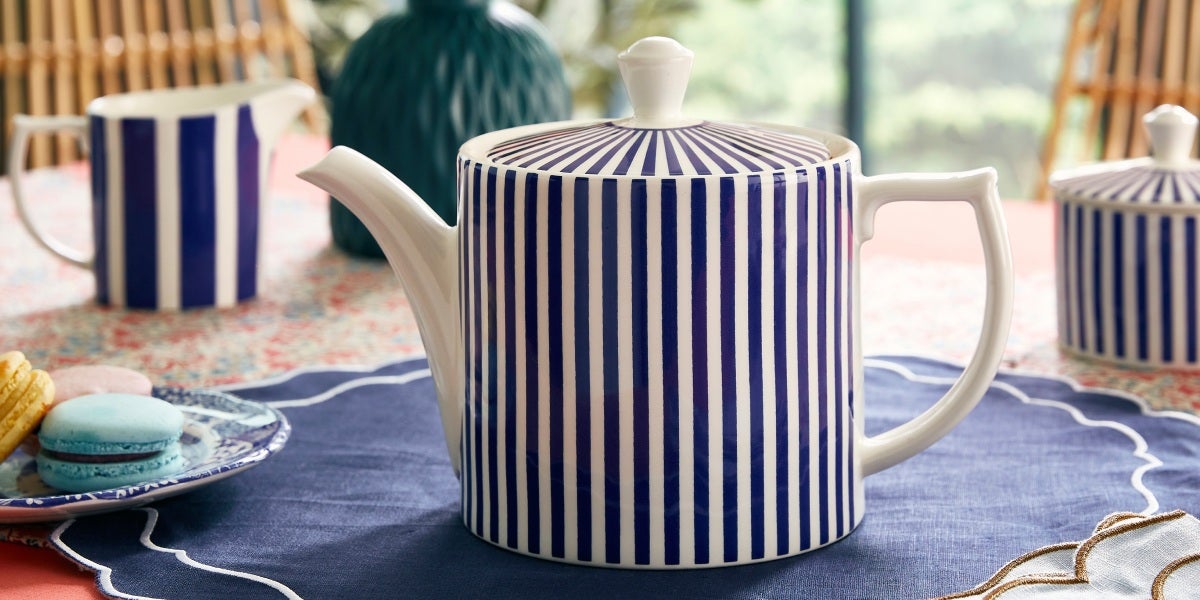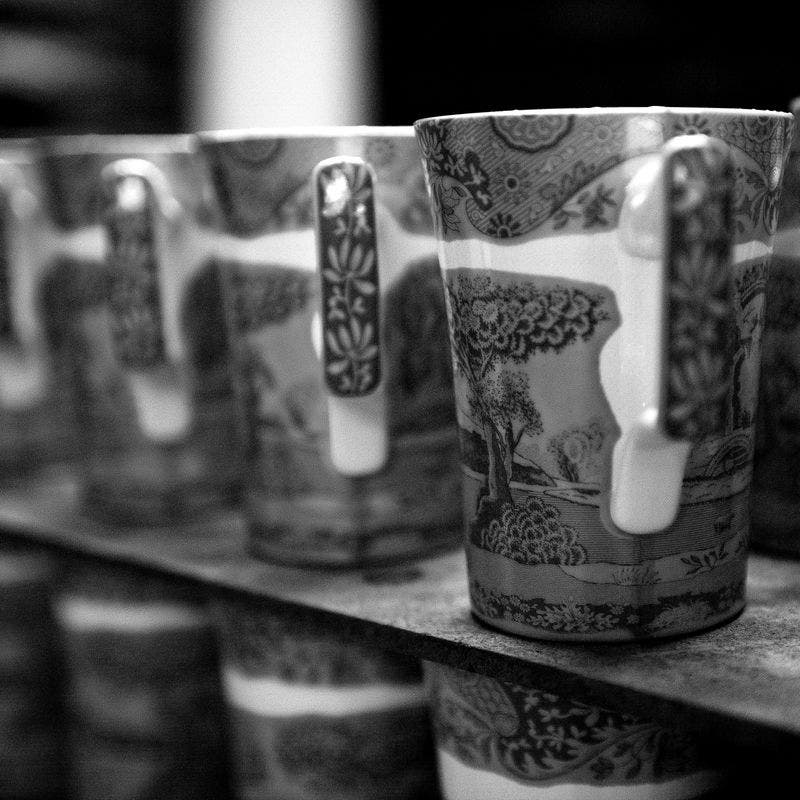
Based in the heart of The Potteries, Stoke-on-Trent, and situated just 500 metres from Spode’s original factory site, set up by master potter Josiah Spode I, sits our earthenware factory.
Josiah left a legacy of innovation and ceramic mastery - a legacy we nurture in our factory as we continue to craft Spode every day. Take a peek inside the extraordinary world of Spode and see for yourself…
Moulds
One of the first steps to creating a piece of Spode starts with our talented team of Mould Makers. An essential tool for shaping pottery, moulds are made in all sorts of shapes and sizes for both hollowware (jugs and teapots) and flatware (dinner plates and saucers).
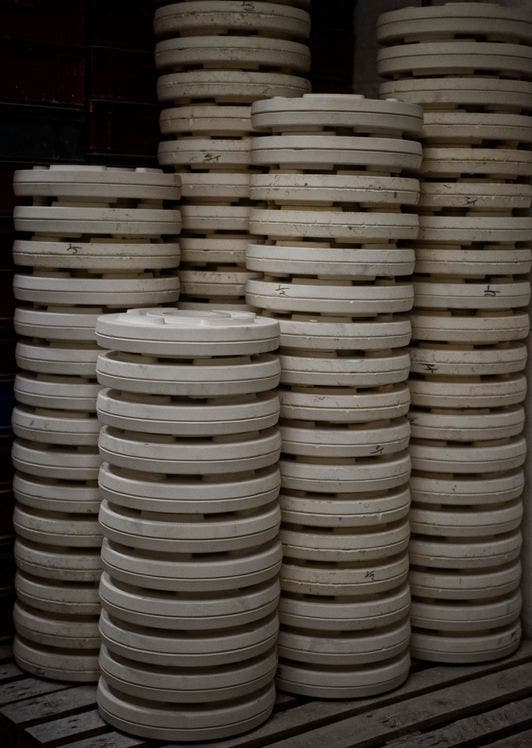
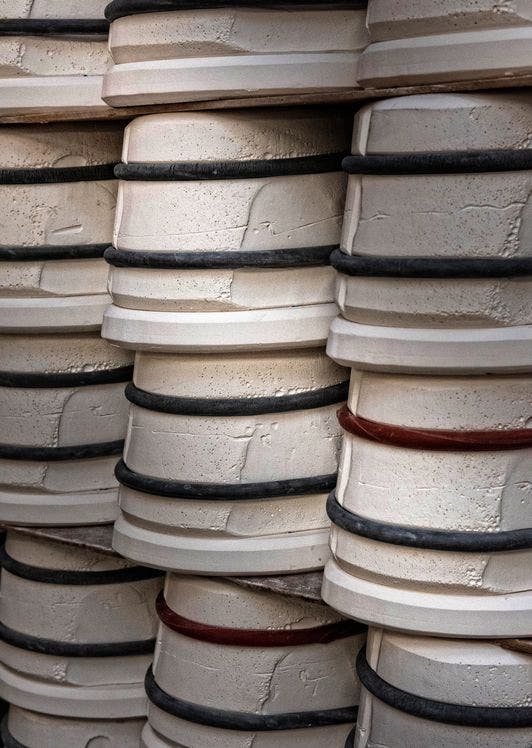
Spode’s moulds are made from plaster of Paris, which is poured carefully into silicone cases to form the desired shape. Once set, each piece is taken out of its silicone casing and tidied up by a process known as fettling, where a tool is used to remove any sharp edges.
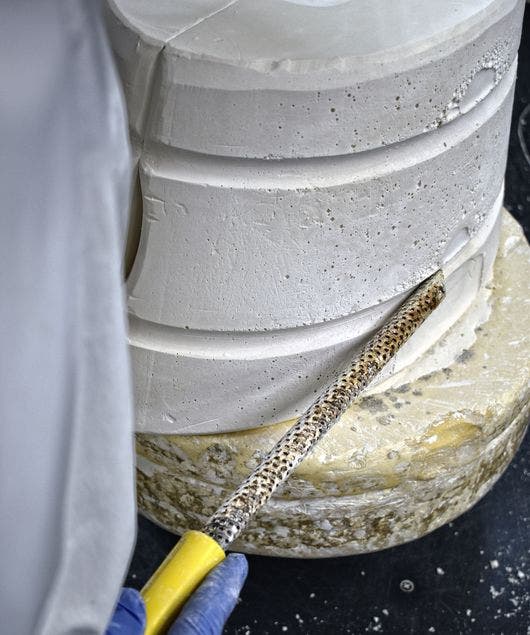
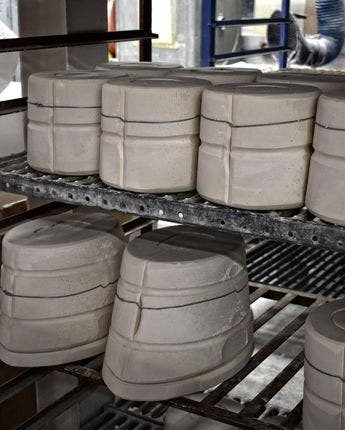
Once all the separate mould elements for a single piece have been fettled, they are fixed together to form the complete mould and fettled one final time to ensure the edges are smooth. The mould is then left to dry, enclosed securely with wire to ensure the finished piece is as precise as feasibly possible.
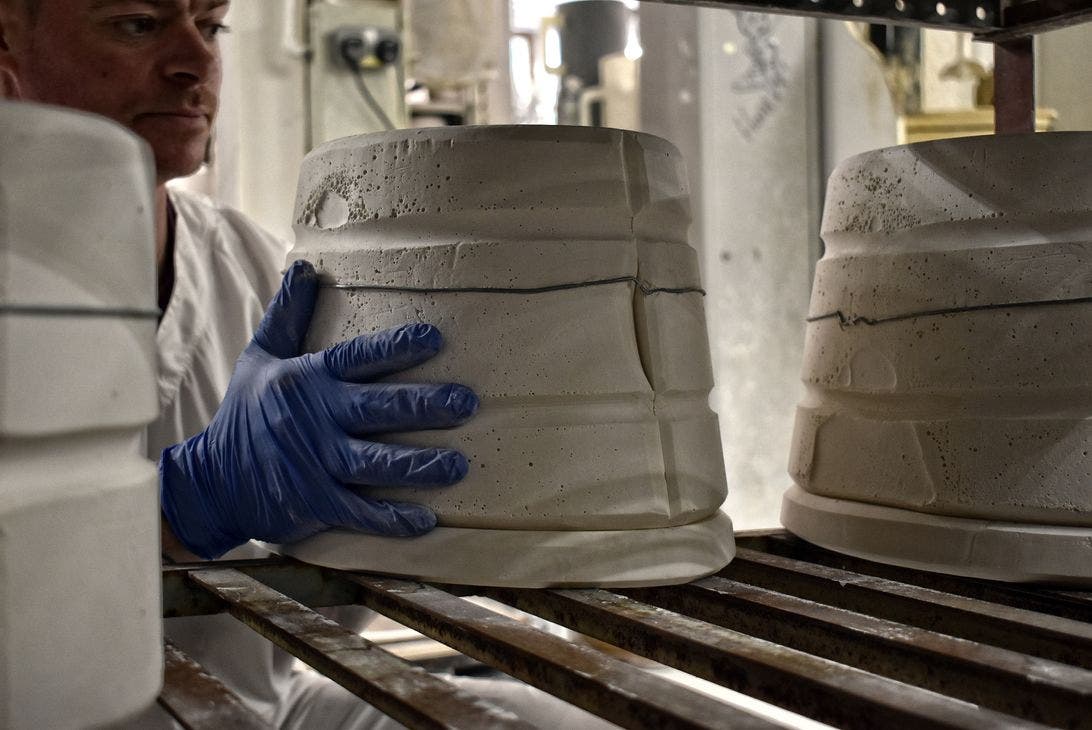
After a spectacular 54 hours of drying, the mould is ready to become a working mould on Spode’s factory floor. It’ll be used around six times a day for about a week before it starts to lose its shape. Once completely finished with, the mould is recycled for use within the construction industry.
Clay
The Slip House is the area in our factory where the clay is prepared so it can be used to craft Spode teacups, bowls, plates and much more.
29 tonnes of clay is used every day in our factory, with the finest of materials used to produce our unique clay formula. Starting as an earthy brown colour, our clay results in a beautiful creamy white body after firing.
As you know, we craft a variety of different home and giftware pieces at Spode, and because of this we have two methods for forming the different shapes of products with the clay. The first is using liquid clay, known as slip, to fill the moulds that make detailed shapes and hollowware. The second is where the liquid clay is converted to a solid form so our flatware can be produced.
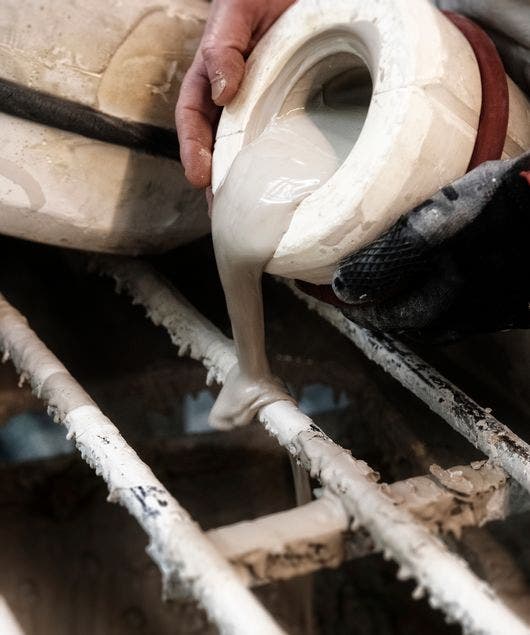
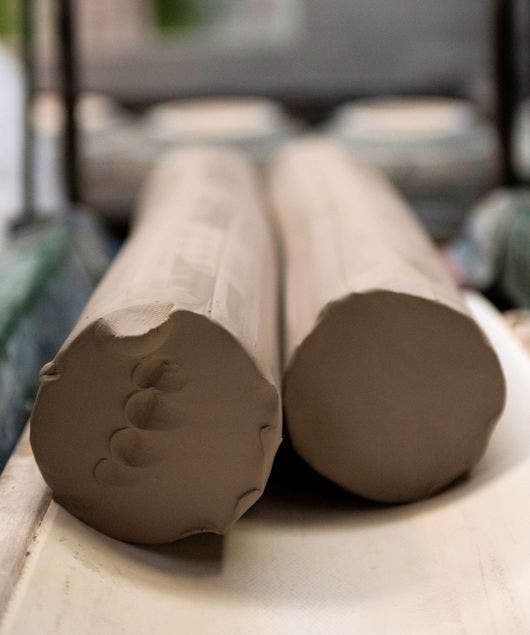
The liquid clay used for our hollowware pieces is formed by first creating clay slabs with a filter press. The wet clay slip is pumped into cloth filters on a press, which are encased between two metal slabs. As the pressure increases the filter cloth traps the clay particles but allows water through, resulting in a magnificent pressed clay slab. These slabs are released and stacked ready for the next process.
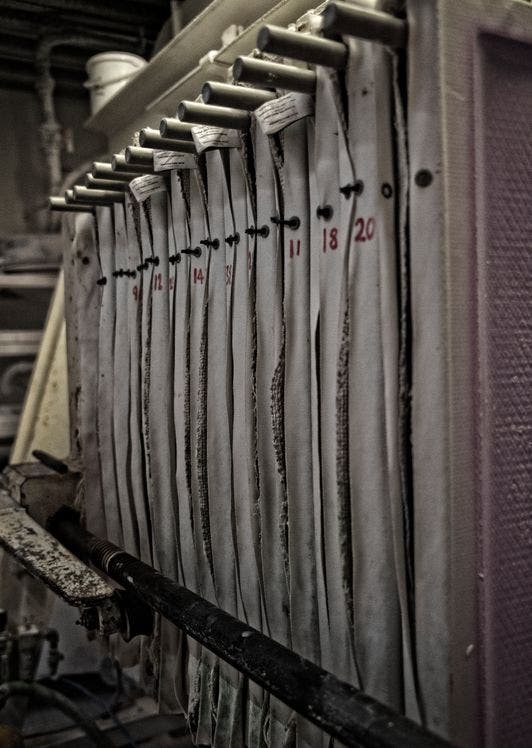
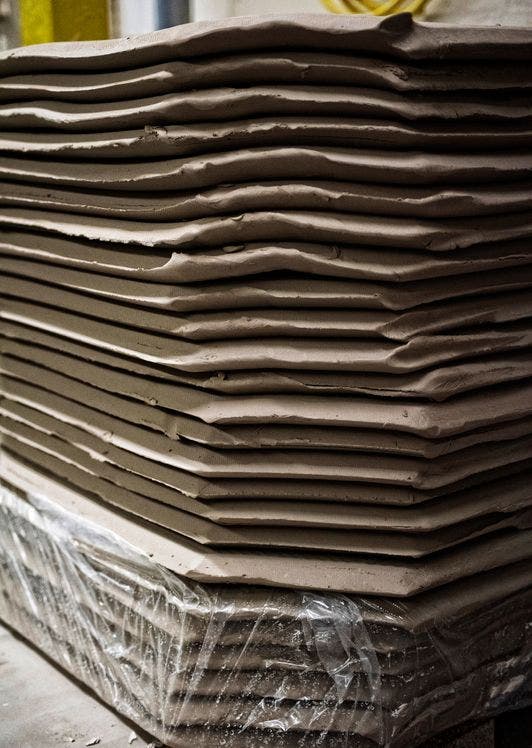
The clay slabs are now formed into the correct size clay as pug rolls using a pug mill. The slabs are placed onto the pug mill where the clay is combined and forced along a barrel, removing all the air pockets, to form a uniformed roll of clay. Depending on the different sizes of plates and bowls being crafted, the pug rolls are also formed into different sizes. The rolls are then stacked, covered, and delivered to another part of the factory where our flatware starts to take shape.
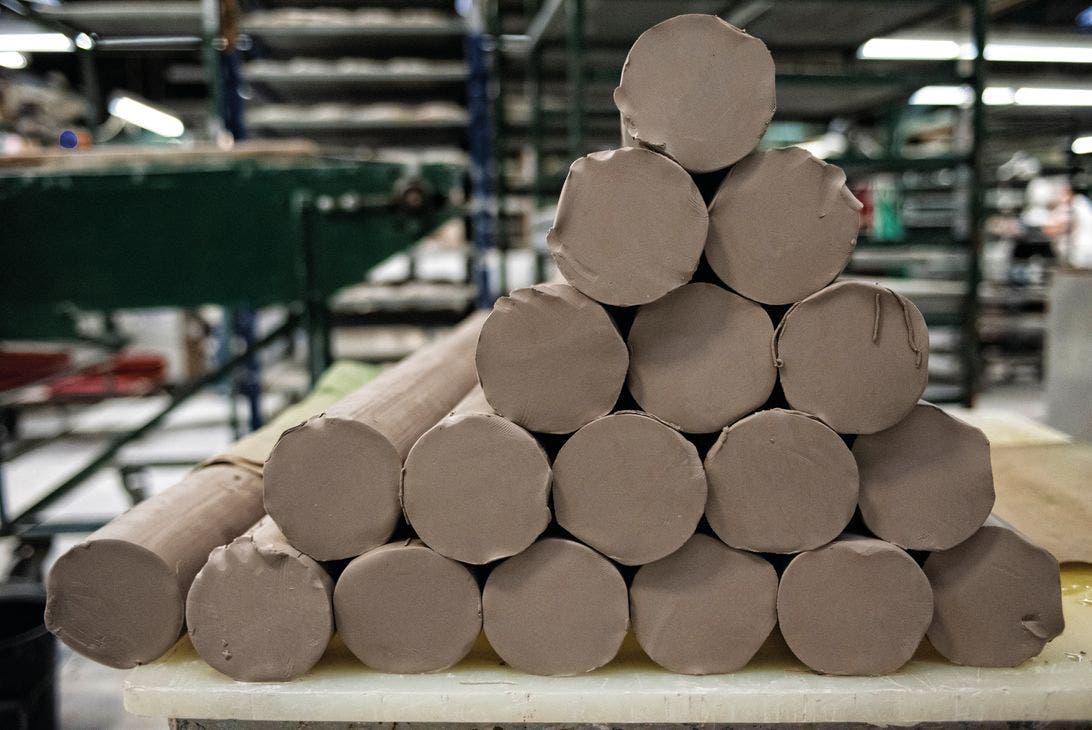
Handles
We love tea here at Spode, and we know that a perfectly poured brew is made that extra bit special by the cup you drink from. With over 250 years of passion and ceramic craftsmanship behind us, we also know a thing or two about making the perfect teacup and mug!
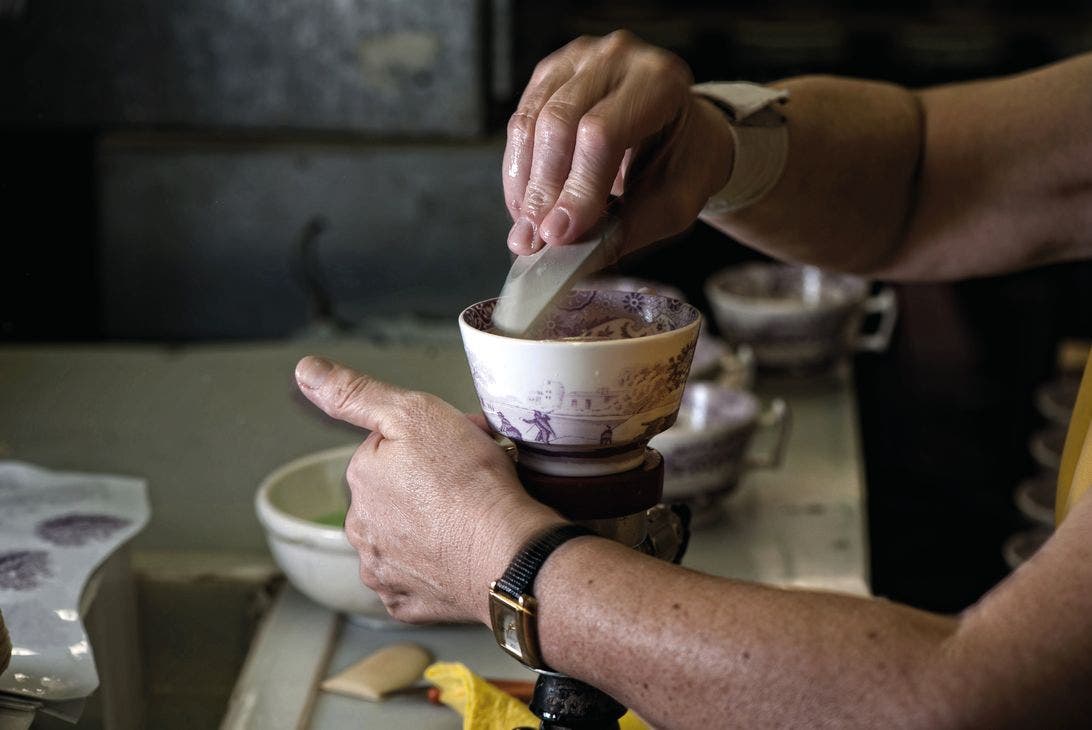
We have a dedicated team of talented artisans that skilfully craft the handles of our Spode teacups and mugs, as we believe comfort and style is of utmost importance when it comes to taking our precious sips.
To begin, handle moulds are stacked and filled with liquid clay, before being left to dry for about an hour. The handle-makers then undo the moulds, carefully taking each handle out one by one.
Each handle is then trimmed and shaped with special tools and a precise touch, removing seam marks and smoothing out any rough edges around the handle curves.
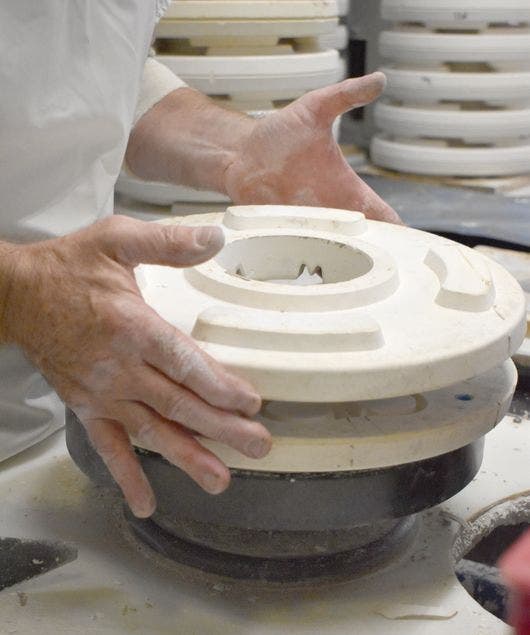
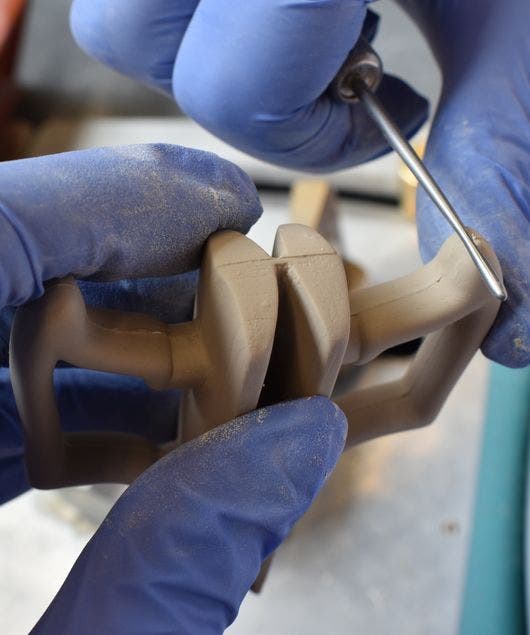
Finally the straight edge of clay that’s created from the moulds is removed with a cutter, specifically designed to fit and trim each Spode handle.
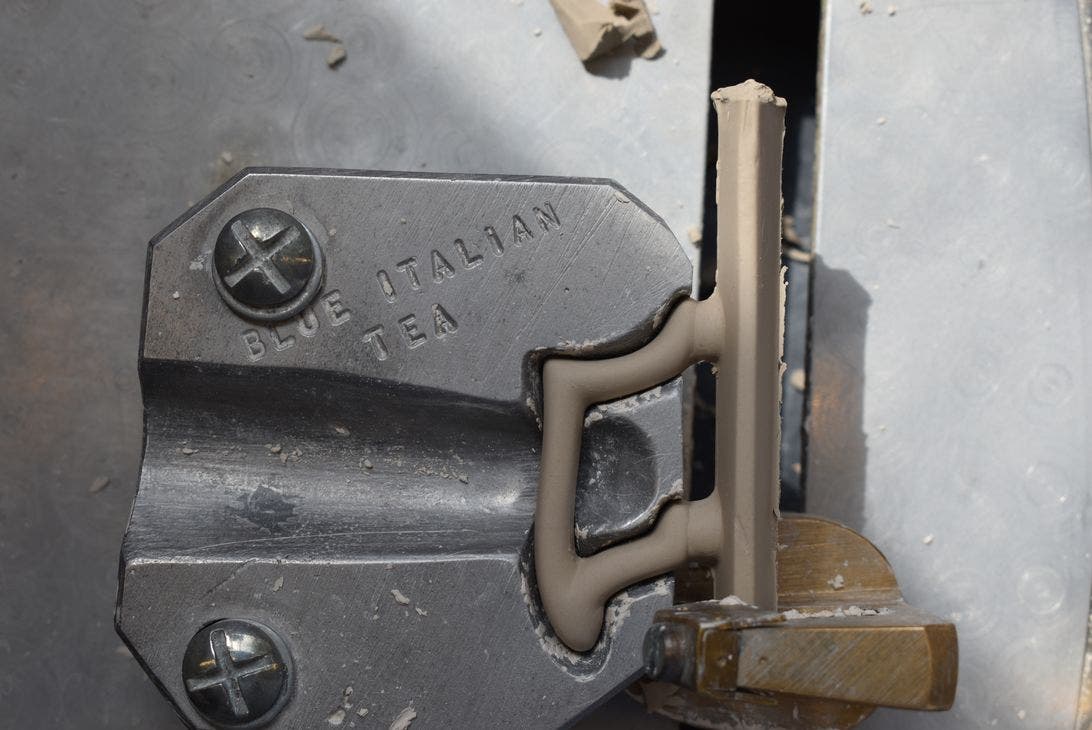
The trimmed handles are then left to dry further before making their way to the Cup Shop for the next exciting stage of the cup-making process.
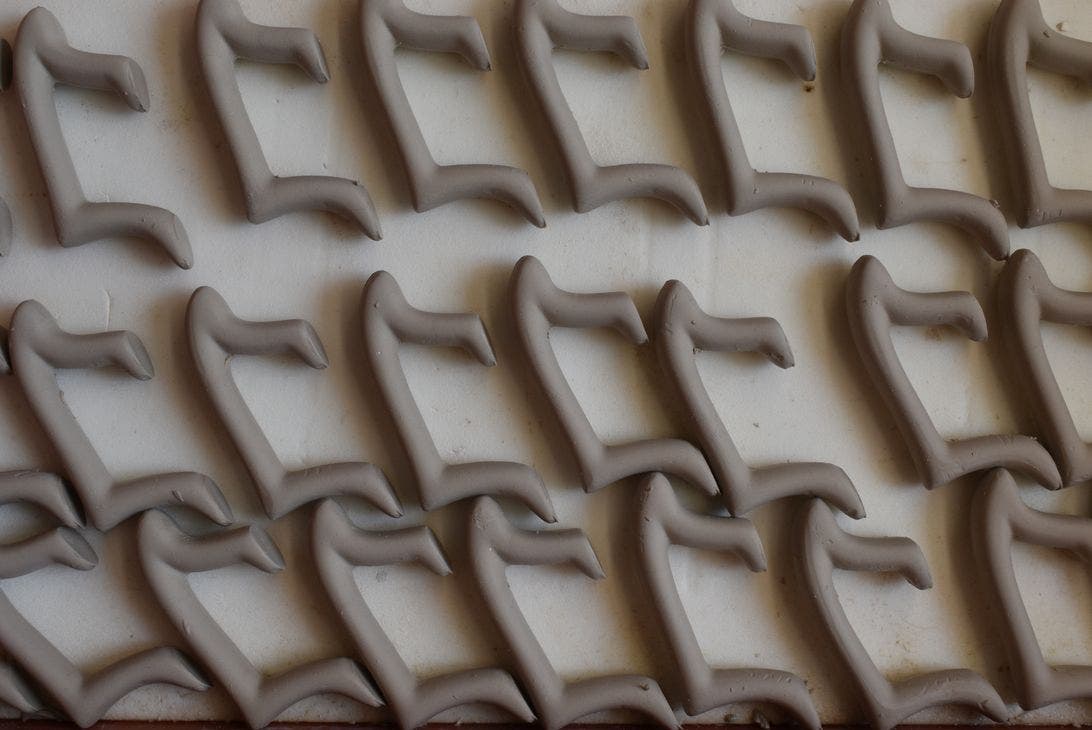
Enjoyed a look behind the scenes in Spode's factory? Make sure you're following us on Instagram for more behind the scenes into the extraordinary world of Spode.
